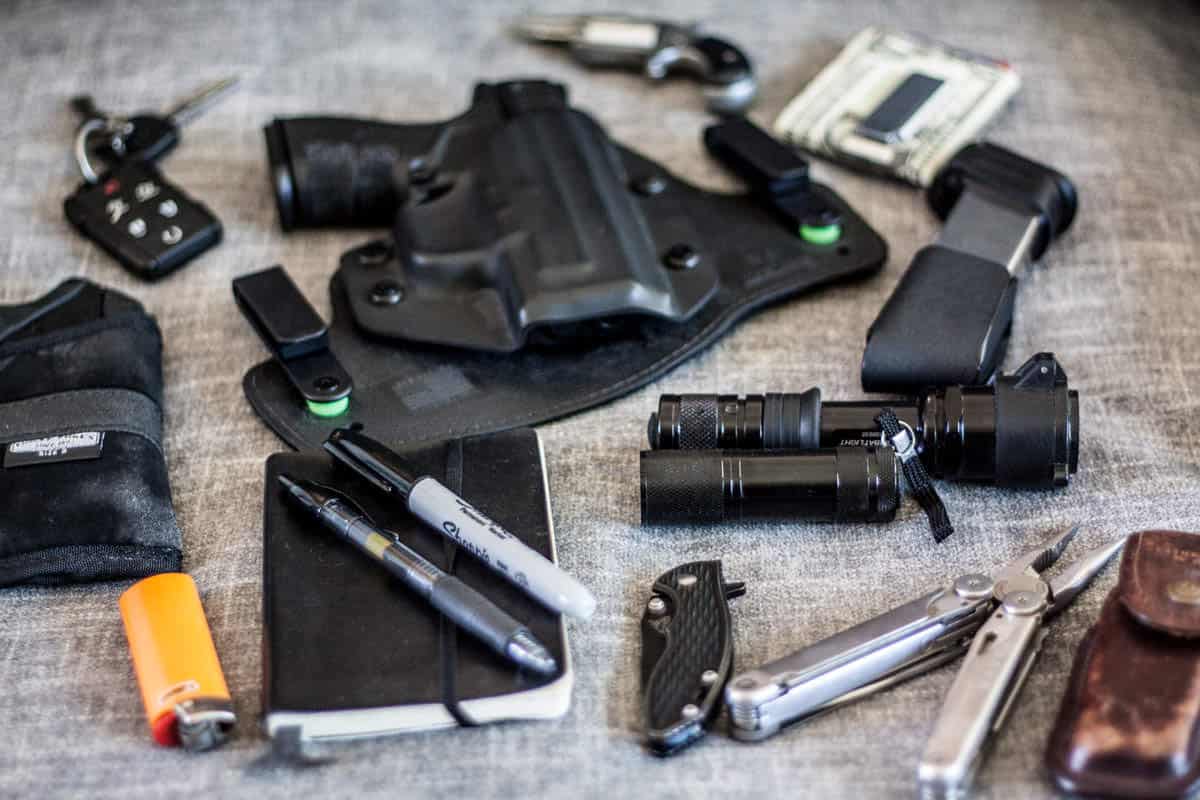Concealed carry laws and regulations vary significantly from state to state within the United States. These laws govern the carrying of concealed firearms or other weapons in public places, dictating who may carry, where they may carry, and under what circumstances. For those considering concealed carry, it’s crucial to understand the legal framework governing this practice to ensure compliance and safety.
Concealed Carry A Legal Overview
Concealed carry laws are primarily governed by state statutes, although federal laws also play a role, particularly regarding who is prohibited from possessing firearms. States may have different requirements for obtaining a concealed carry permit, including background checks, training courses, and waiting periods. Additionally, some states have reciprocity agreements recognizing permits issued by other states, while others do not, meaning that individuals must adhere to the laws of each state they visit.
Applying for a Concealed Carry Permit
To legally carry a concealed weapon in most states, individuals must obtain a concealed carry permit or license. The process for obtaining a permit typically involves completing an application, undergoing a background check, and in some cases, completing a firearms safety or training course. The requirements for obtaining a permit vary widely by state, with some states imposing stricter criteria than others.
Concealed Carry Techniques
Once an individual has obtained a concealed carry permit, it’s essential to understand effective concealed carry techniques to ensure both safety and comfort. Concealed carry techniques encompass a range of practices for carrying a firearm discreetly and securely. One popular technique is the appendix carry, where the firearm is positioned in front of the body, typically at the waistband. This technique offers quick access to the firearm while allowing for comfortable everyday wear.
Compliance with Concealed Carry Laws
Regardless of the specific concealed carry techniques employed, it’s crucial to remain vigilant about compliance with relevant laws and regulations. This includes understanding where carrying a concealed weapon is prohibited, such as government buildings, schools, and certain public events. Additionally, individuals must be aware of any restrictions on the type of firearm or ammunition that may be carried, as well as any requirements regarding signage or notification to others of concealed carry status.
Concealed Carry Training and Education
In addition to meeting legal requirements for obtaining a concealed carry permit, individuals should also seek out training and education on firearms safety and self-defense. Many organizations offer courses specifically tailored to concealed carry permit holders, covering topics such as firearm handling, situational awareness, and conflict resolution. By investing in ongoing training and education, concealed carry permit holders can enhance their skills and confidence in carrying a firearm responsibly.
The Role of Concealed Carry in Self-Defense
One of the primary motivations for obtaining a concealed carry permit is the desire for self-defense. While carrying a firearm can provide a means of protection in dangerous situations, it’s essential to approach self-defense with caution and responsibility. This includes understanding the legal standards for the use of deadly force in self-defense and being prepared to de-escalate situations whenever possible.
Concealed Carry and Public Safety
Critics of concealed carry laws often raise concerns about public safety, fearing that the widespread carrying of firearms could lead to an increase in violence or accidents. However, proponents argue that responsible concealed carry permit holders can actually enhance public safety by acting as a deterrent to criminal activity. Additionally, many concealed carry permit holders undergo extensive training and background checks, ensuring that they are law-abiding citizens capable of safely carrying a firearm.
Summary
Concealed carry laws and regulations play a significant role in shaping the landscape of firearm ownership and self-defense in the United States. By understanding the legal requirements for obtaining a concealed carry permit, adhering to effective concealed carry techniques, and investing in training and education, individuals can exercise their Second Amendment rights responsibly while promoting public safety. Whether for personal protection or peace of mind, concealed carry permit holders have a duty to uphold the law and prioritize safety in all circumstances.


